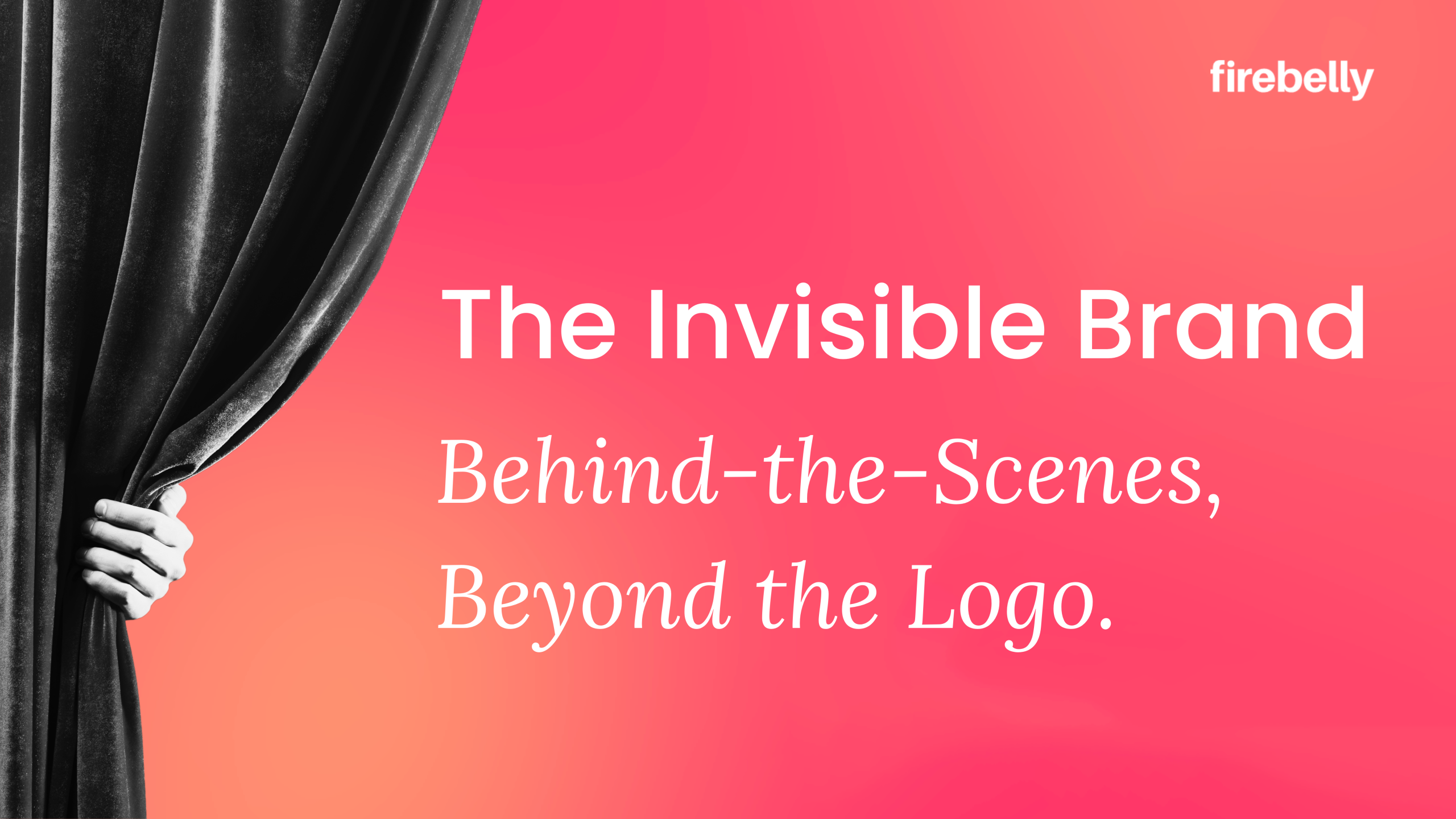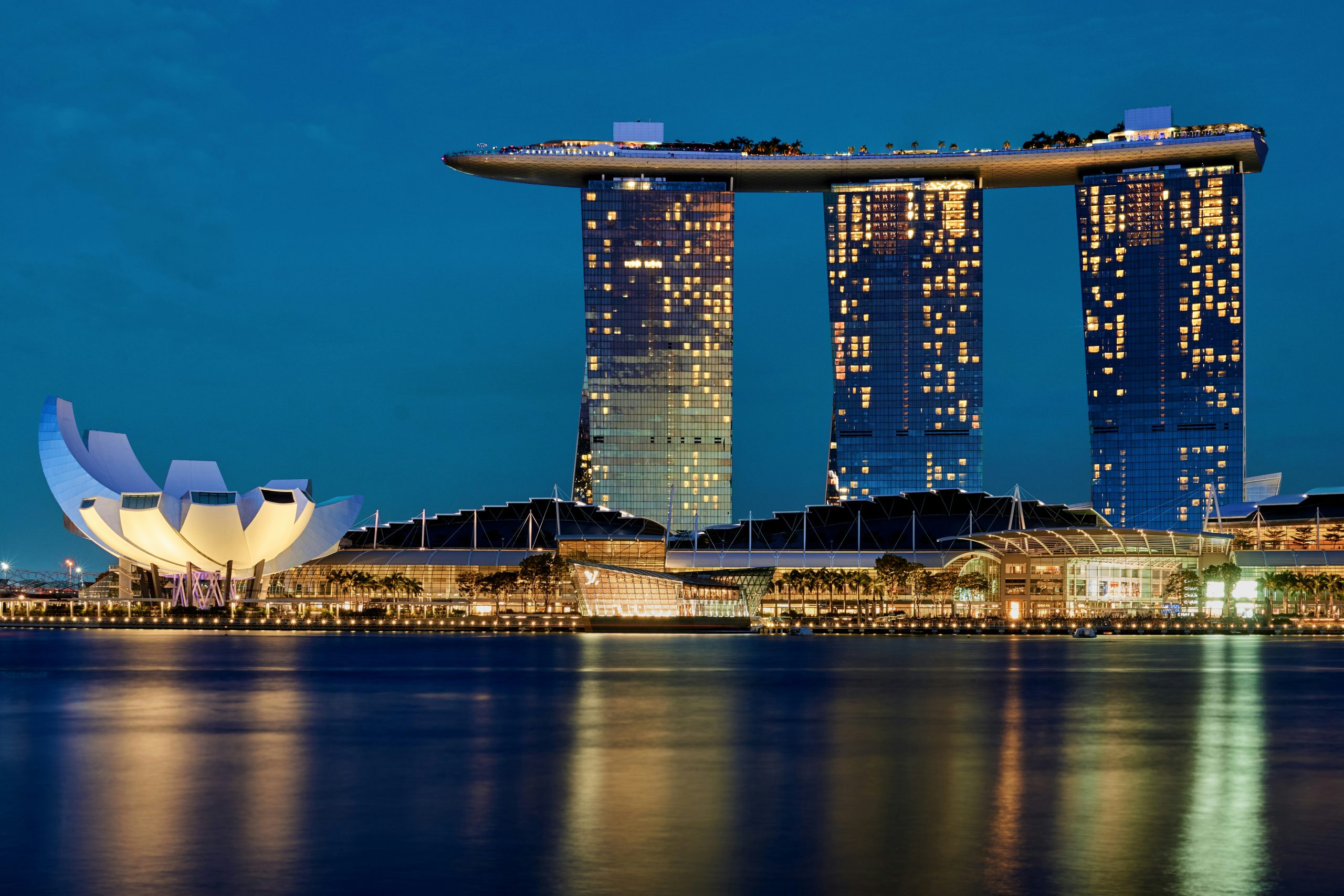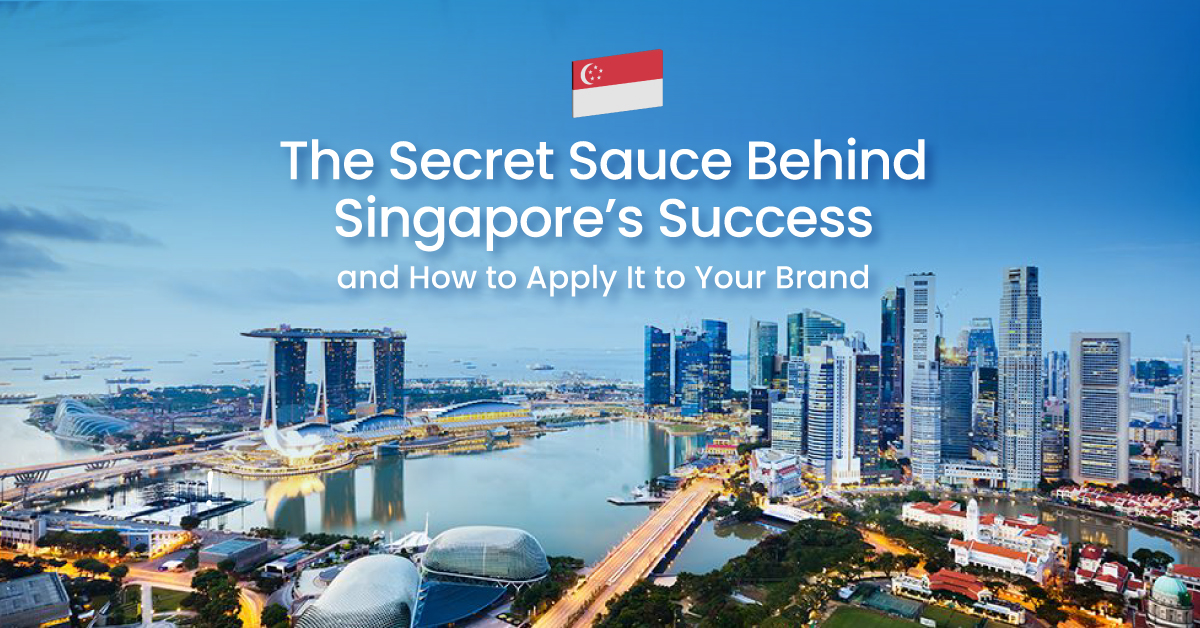What’s the first thing people think of when they hear your brand name?
Chances are, you’re imagining a logo, an ad, or maybe your social media feed. But what if some of your most powerful branding never shows up in your marketing at all?
That’s where employer branding comes in: the part of your brand built from the inside out.
It’s not just about recruitment campaigns or careers pages. It’s the lived experience of your employees: how you hire, how you lead, how people talk about working with you. And in an age where everything gets shared — from Glassdoor reviews to LinkedIn posts — what happens inside your company is shaping your reputation far more than most realise.
Internal Culture Becomes Public Reputation
Today’s candidates research your company long before the interview. They read Glassdoor reviews, scroll through LinkedIn, and check whether your values match how your people behave. What they find shapes whether they apply — and what they tell others.
But it doesn’t stop at hiring. Your internal culture impacts everything from retention and productivity to what your staff post online. And the internet has a long memory.
Example: Grab
As Southeast Asia’s leading superapp, Grab has spent years investing in its internal brand. Its “Life at Grab” initiatives aren’t just lip service. They spotlight employee innovation, inclusion efforts, and community impact. In doing so, Grab turns its people into brand advocates — showing future talent that what the company promises externally is what you get internally.
Recruitment and Marketing Are No Longer Separate
Once, employer branding was seen as HR’s problem. Now, it’s a core part of brand strategy. Every hiring touchpoint sends a message — from your job listings to your interview process, to how you handle rejections. It all signals what kind of organisation you are.
A job listing is as much a brand message as an Instagram ad. How you speak to candidates — how you interview, respond, and even reject — sends a strong signal about what kind of company you are.
Example: Scoot
Scoot positions itself as the bold, playful little sister of Singapore Airlines, and its employer brand is no different. Their careers site speaks with the same cheeky tone as their ads (“We don’t just wing it”), and the interview process is designed to spot energy and attitude. For a brand that’s all about fun, efficiency and reliability, their recruitment process reflects exactly that.
Culture-Driven Brands Attract Better Talent — and More Loyalty
Strong employer branding isn’t about bragging. It’s about clarity. It helps the right people opt in — and the wrong ones opt out. This clarity builds better teams and stronger business outcomes.
It also deepens customer connection. People don’t just want to buy from brands they like. Increasingly, they want to buy from brands they believe are doing right by their people.
Example: Mandai Wildlife Group
Mandai doesn’t just market conservation — it hires and trains people who live it. From zookeepers to education staff, employees are encouraged to champion sustainability and biodiversity through their work. This passion comes through in every touchpoint, from interactive exhibits to social content. It’s why the brand feels authentic and why its nature reserves are ranked among the top in the world – because its team believes in what it stands for.
Brand Takeaway
The most powerful part of your brand is the one most people never see — until they do. From job interviews to internal culture, everything inside your company shapes how the outside world sees you.
If your employer brand doesn’t align with your external brand, the disconnect will show. It shows up in candidate drop-offs, customer perception and long-term loyalty. Because branding isn’t just a campaign. It’s a reputation. And it starts from within.



